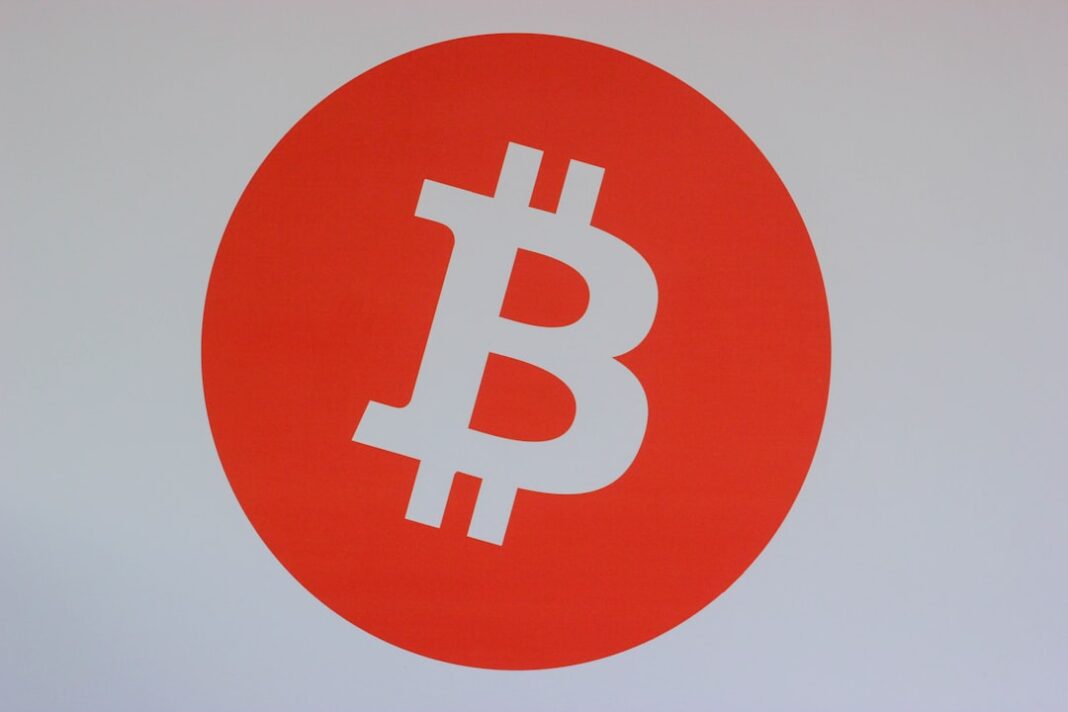As the S&P 500 reaches unprecedented heights in traditional markets, a striking contrast emerges when comparing its performance against Bitcoin. Historical data reveals the benchmark stock index has declined approximately 88% relative to the pioneering cryptocurrency over their shared trading history.
This dramatic divergence highlights the fundamentally different risk-return profiles and market behaviors between established equity indices and digital assets. While the S&P 500 continues demonstrating strength within conventional financial parameters, Bitcoin has carved its own trajectory with significantly higher volatility and returns.
The comparison raises important questions about appropriate benchmarking across asset classes with distinct characteristics. Traditional equities represent ownership in established companies with tangible assets and revenue streams, while Bitcoin operates as a decentralized digital store of value with different market drivers and investor base.
Market analysts note that such cross-asset comparisons, while numerically accurate, may not account for the varying risk profiles, regulatory environments, and fundamental purposes of these investment vehicles. The performance gap underscores the ongoing debate about Bitcoin’s role in diversified portfolios and its relationship with traditional financial markets.
As both asset classes continue evolving, investors remain watchful of how these divergent performance trends might influence future portfolio construction strategies and risk management approaches across both traditional and digital asset spaces.


